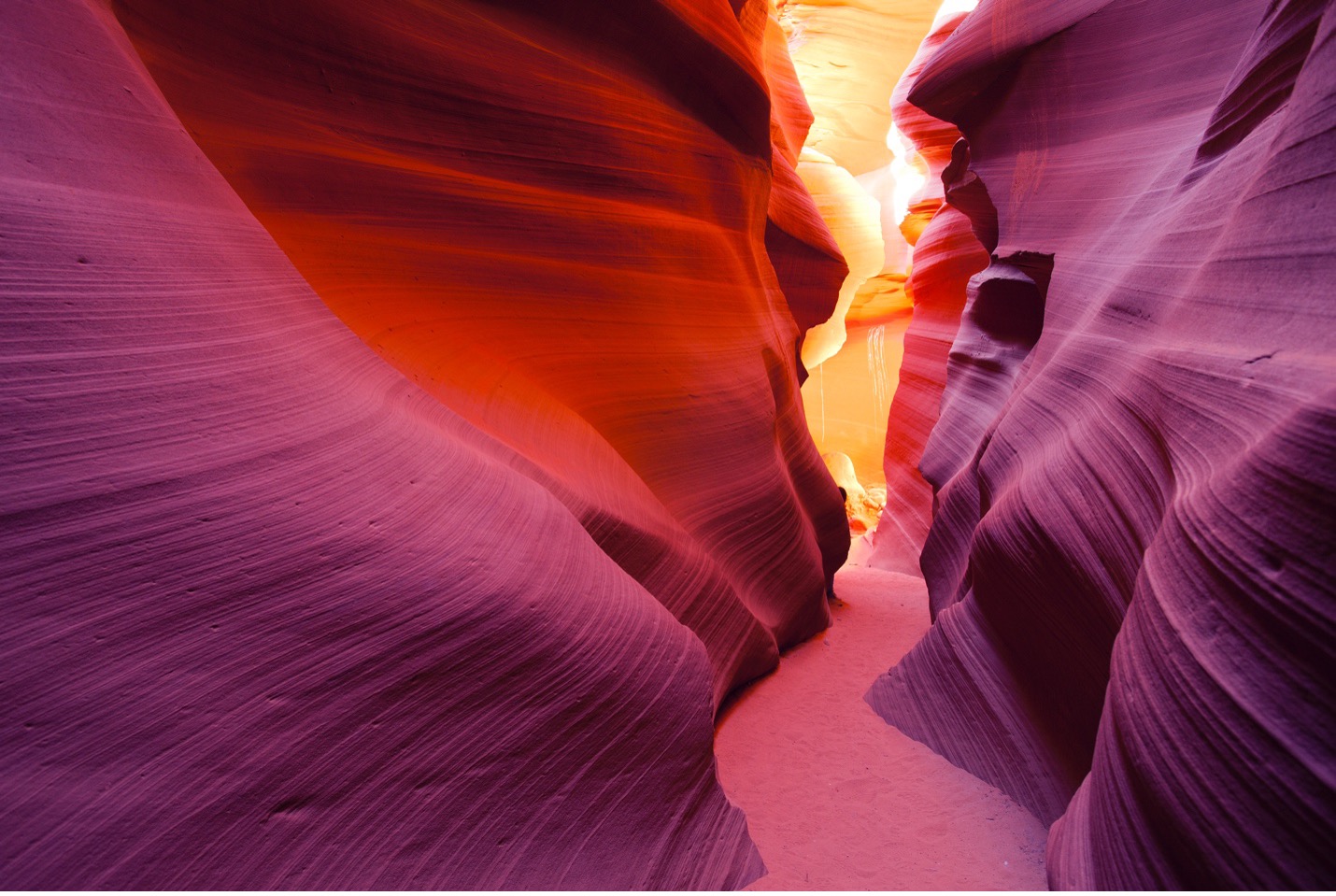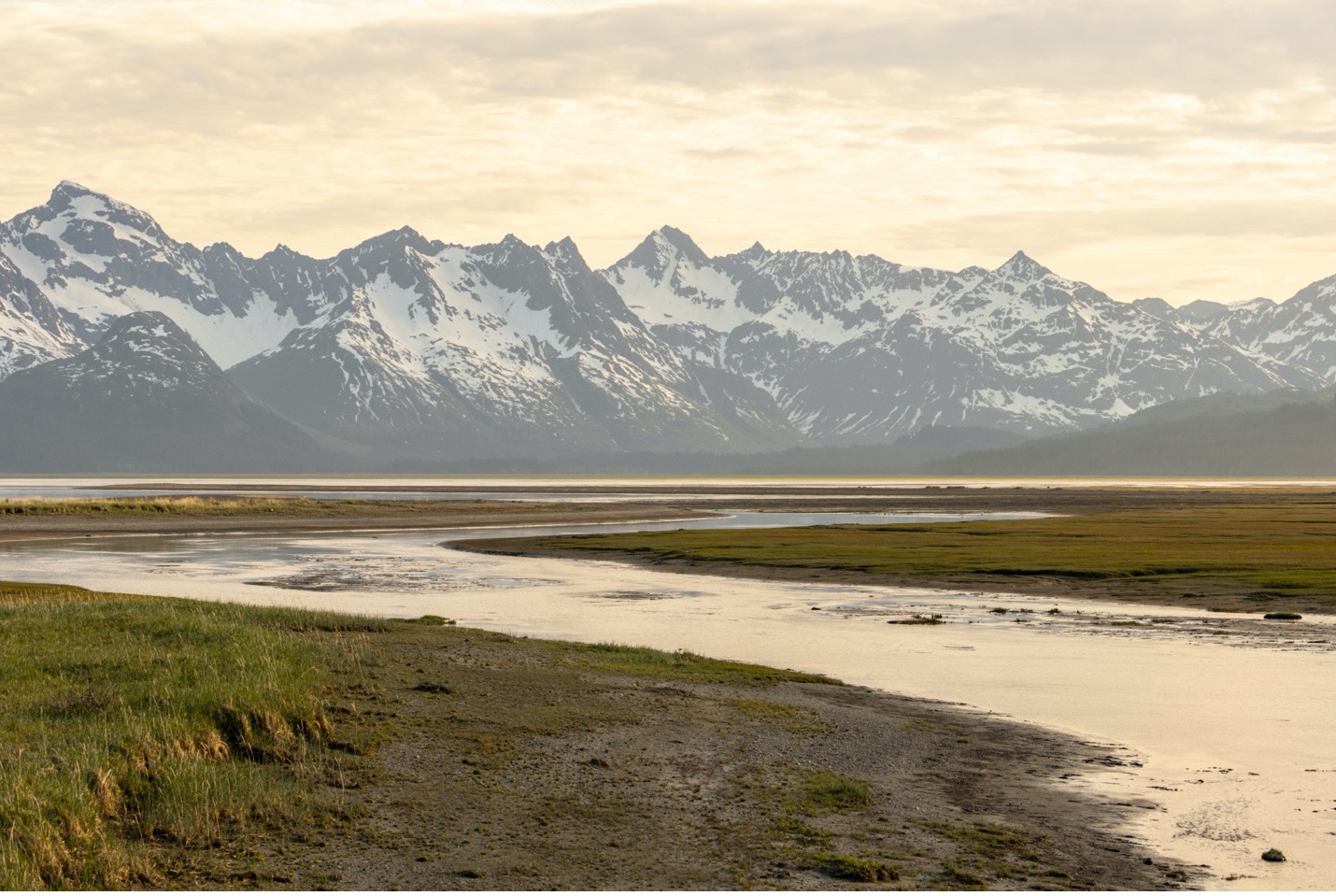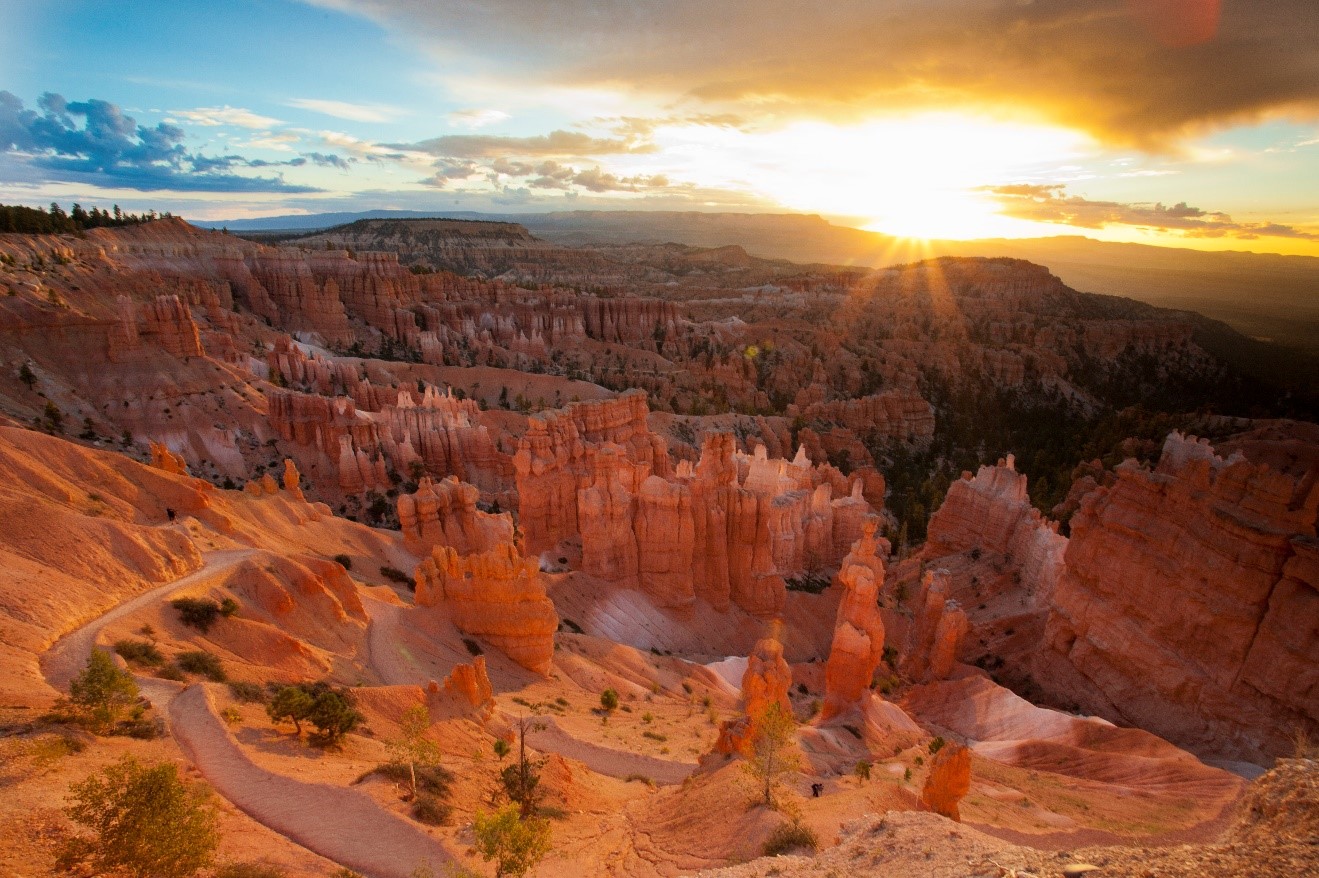
Why Light Matters in Photography
Light is the foundation of every photograph you’ll ever take in your life. Yep, that’s a pretty big statement.
Light is what creates contrast, highlights textures, and sets the mood of an image. Without great light, even the most captivating subject can fall flat. In nature photography, where conditions are often unpredictable, understanding light becomes even more crucial. Whether you’re photographing a majestic bear in Alaska or capturing the tranquil waters of Greenland, the quality and direction of light make all the difference between a good photo and a breathtaking one.

The Golden Hour Advantage
One of the best ways to familiarize yourself with the quality and value of light in photography is to try shooting during the “golden hour,” which occurs in the hour after sunrise and hour before sunset. This light is softer and more diffused, casting a warm glow that enhances the natural beauty of the scene. During these times, shadows are longer, adding depth and dimension to the photo. They are also softer, which allows you to avoid harsh contrast even on clear-sky days.

Using Light for Storytelling
In addition to enhancing aesthetics, light is a powerful storytelling tool. For instance, harsh midday light can convey the stark, unforgiving conditions of a desert, while the soft light of dusk can evoke a sense of calm and serenity. By learning to read and adapt to different lighting conditions, photographers can control the narrative of their images.
Sometimes you must be shooting at a certain time of day, due to your schedule, or a photo trip itinerary, and the story develops before you. Othertimes you may wish to plan for photography at a specific time of day if you have a story or message you’d like to convey that requires a certain mood or vibe.

Tips for Maximizing Light
Another key tip is to pay attention to side lighting, or gradient lighting, which can create dramatic shadows and highlight textures, perfect for emphasizing details like the edges of canyons, mountains, or other rock formations.

Additionally, backlighting, when used correctly, can create a stunning rim light effect around animals or plants, adding a magical glow that makes the subject pop against its background.

In essence, light is not just a technical aspect of photography—it’s an artistic tool that shapes the entire image. By embracing and experimenting with light, you have the chance to really elevate your work, creating photos that are not only visually stunning but also emotionally impactful.
The full spectrum of light’s impact on photography, along with more detailed tips and techniques, can be explored here, on our special light and exposure page–a fantastic resource for anyone looking to deepen their understanding and appreciation of light in their photography journey.
And as with all things photography, the more you practice, and the more you use light intentionally, the more you will be able to harness this cornerstone to next-level photography.
Go forward and give it a shot!

Court
Leave a reply